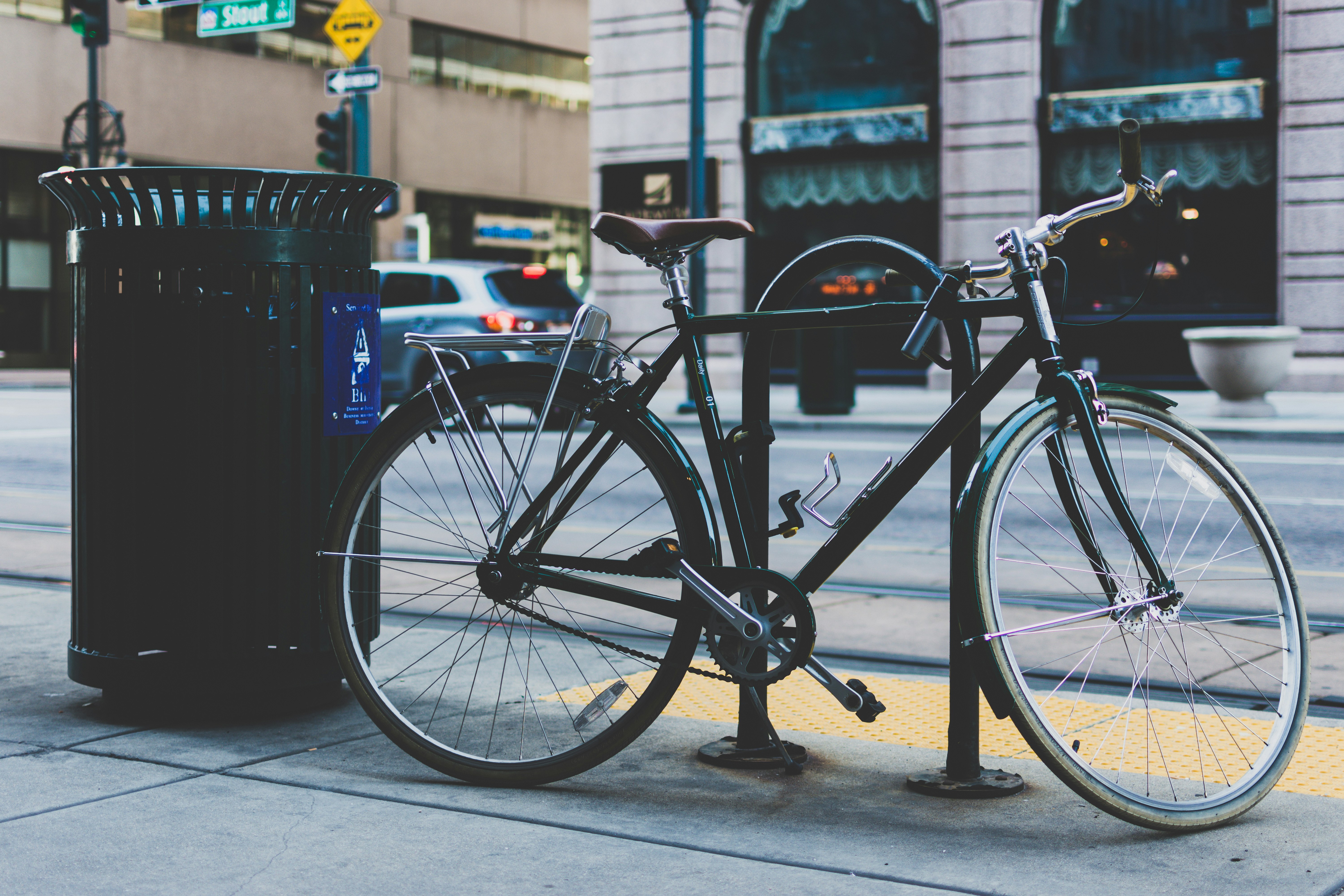For the region of Uttar Pradesh anemia is a big problem and the solution is to be salted. At the University of Toronto they have developed a new kind of salt that has been proven to reduce amen rates and improve the health of the population. Called double-fortified salt the new kind of salt is iron rich which took 20 years of research to create. It’s been proven to work in India so maybe it can work in other parts the world too.
Diosady began testing the efficacy of his creation during a pilot project in 2004 in the Indian state of Tamil Nadu, where the government supplies impoverished school children with one hot meal each day.
Regular salt was replaced with double-fortified salt in the lunches of more than three million children, 85 per cent of whom were anemic.
“In eight months, we cured a million kids from anemia,” Diosady said. “At the end, only 50 per cent were anemic.”

